How to Transform Santa Barbara’s Landscapes
Santa Barbara Botanic Garden Is Collaborating with Elings Park and Others to Plant Seeds for Native Plant Sanctuaries Along the Coast
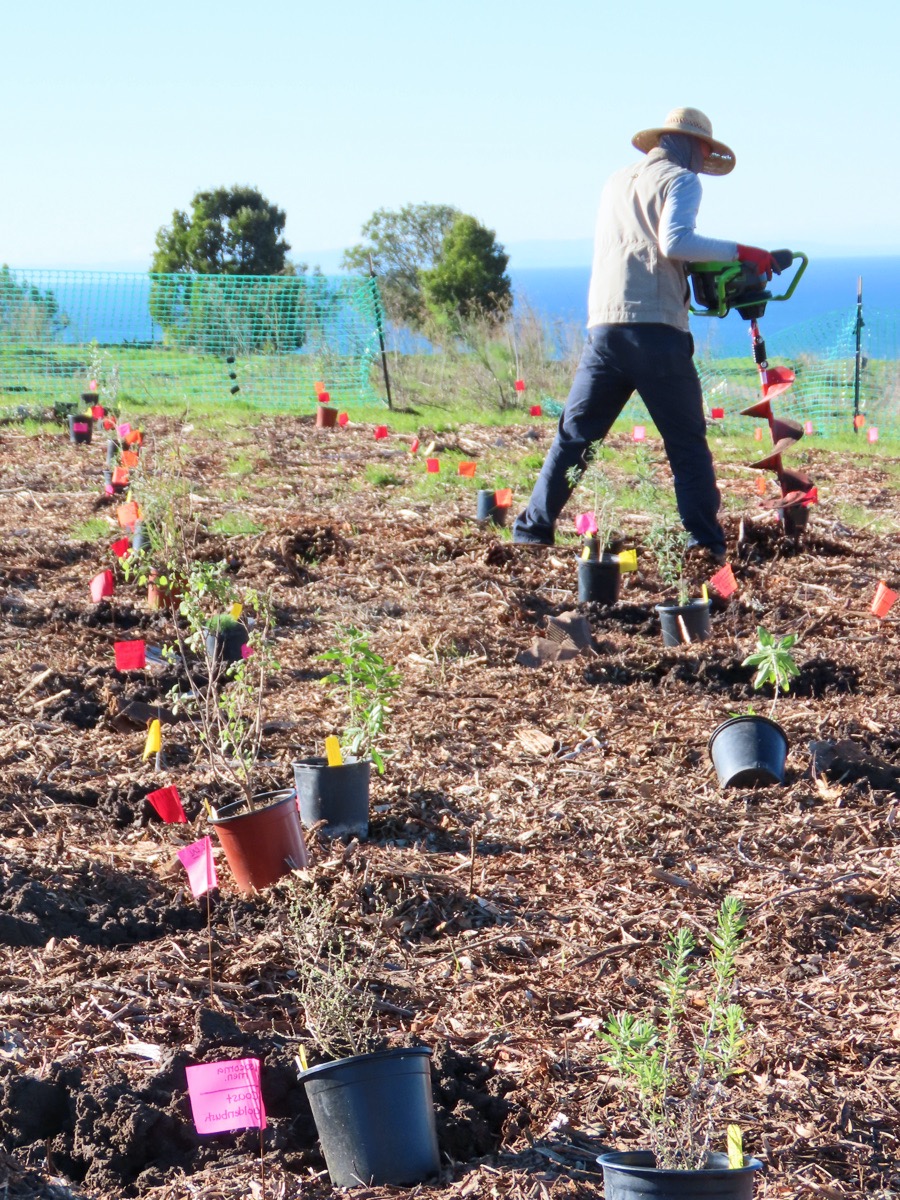
Covering one small acre of Elings Park, there is a checkerboard field of black plastic tarps, sandbags, and cardboard.
It may sound like the park has reverted to its landfill days, but it’s all a part of the necessary first step in the Santa Barbara Botanic Garden’s three-year study and restoration of the landscape.
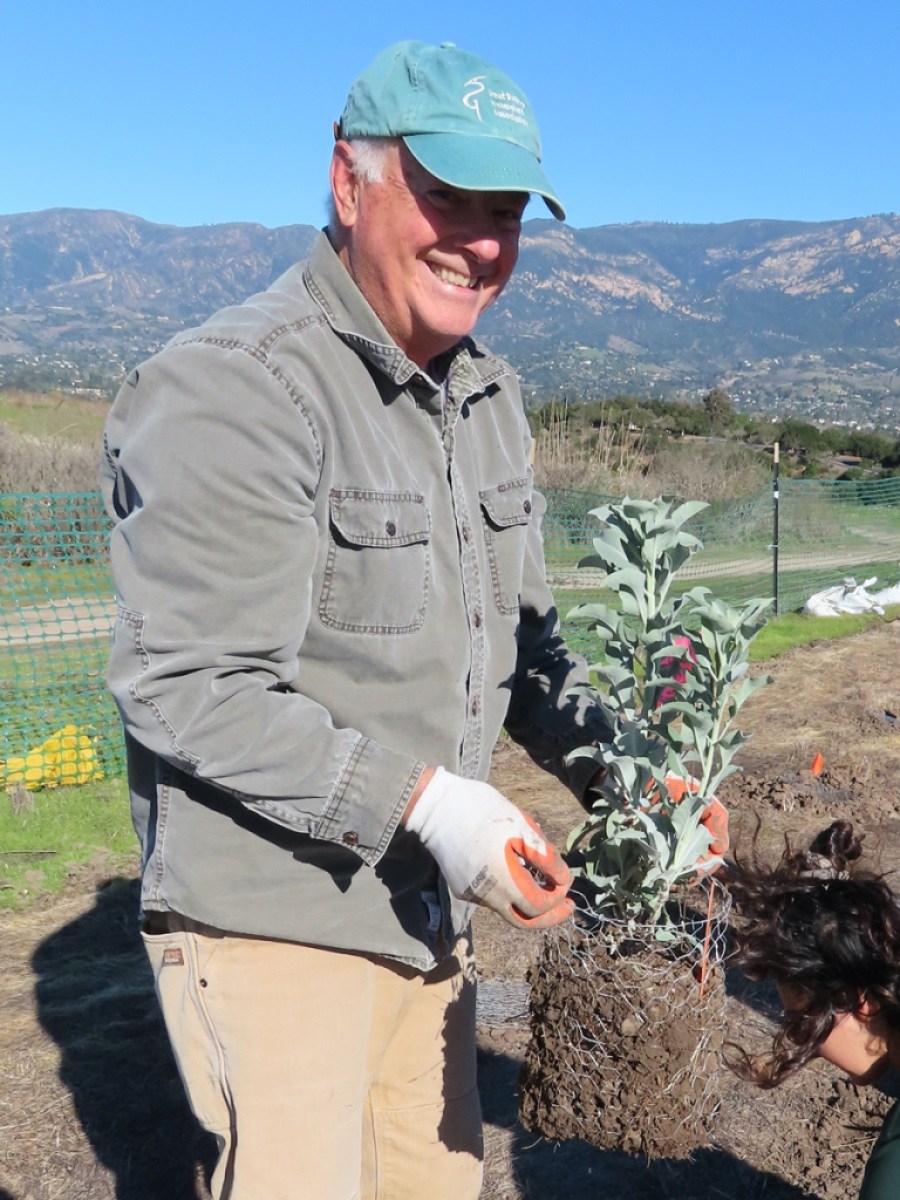
Tarps and cardboard are used for different methods of clearing the invasive weeds that have long flourished on the park’s South Bluff.
On the morning of Sunday, January 7, volunteers crowded the field, which was full of holes and primed for the next step: planting California natives. Recent rains played a helpful role in softening the soil to get it ready for its new inhabitants.
People and their dogs passed by with curious glances as augers whirred and color-coded markers flapped in the wind. Santa Barbara retiree Bob Crocco was planting white sage in one section of the field, which had been covered by a black tarp to basically bake and kill the invasives.
“I was in the business world in New York City,” he said, standing on the newly compacted and weed-free soil. “I knew nothing about native California plants.”
With time on his hands, he began volunteering at the Botanic Garden in 2019 as a part of the “Wednesday gardening crew.” He got so inspired, he even tore up his lawn to install a native garden in his own backyard.
“It’s sort of cool,” he said about the Elings project. “I believed in the mission and I wanted to participate in the experiment. And you can’t beat the office. Where else can you get a better view of the islands?”

[Click to enlarge] The Elings Park study and restoration site covers just one acre of the park. Credit: Santa Barbara Botanic Garden
Once the transformation is complete, researchers will compare the abundance, diversity, and composition of the area’s plant and animal life both before and after. From there, they’ll figure out the best approach for weeding and restoration and apply it to other areas of the park.
Many of Santa Barbara’s parks are saturated by a sea of stubborn nonnative species, such as black mustard, wild fennel, and other invasive annual grasses.
The Elings study is still in its early phases, but it’s a good sign that the plot sticks out like a sore thumb amid the acres of barren weeds around it, explained Dr. Denise Knapp, the Garden’s director of conservation and research.
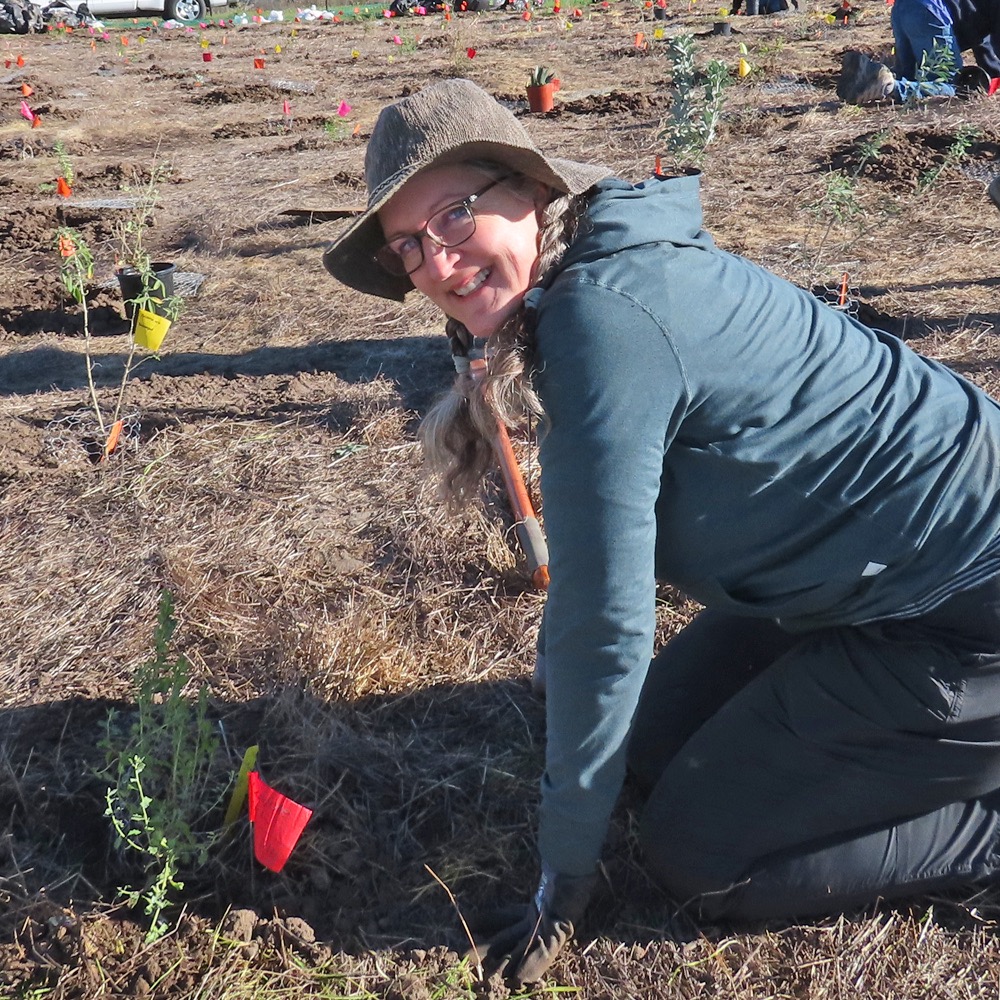
With her hair in braids under a floppy sun hat, Knapp looks at home in the budding native garden. She explained how labor-intensive it was to get to the point of finally planting, and that they’ll need to scale up to tackle the rest of the bluffs.
She took off her gardening gloves and pointed out the field of dry fennel and sprouting, green Mediterranean grasses beyond the study-plot’s makeshift fence. Nearly a century ago, the same land was used to farm beans.
“When we see the hills green out, we think, ‘Ooh! That’s good,’” she said. “But those plants are actually crowding out all the native biodiversity. They’re also annual, so they dry out, and then they’re fine fuels, so they’re really flammable.”
Replacing those dangerous weeds are various plants native to different regions of Southern California, like bladder pods and Crocco’s white sage. It’s experimental, reminded Knapp.
“We want to see if they do better because they are adapted to a hotter, drier climate,” she said. “Do they survive better? Do they grow faster? Do the bugs adopt them?”
The project is part of a larger initiative with Channel Islands Restoration to transform Santa Barbara’s urban parks into sanctuaries for native life. Similar projects are taking place in Alice Keck Park, Cuyama, and Hammond’s Meadow. The Botanic Garden even has a “secret“ native garden in Mission Canyon.
“We’re hoping to get people to understand that native plants are veterans in supporting the web of life, and, hopefully, they’ll help us plant and go do it at home as well,” Knapp beamed.
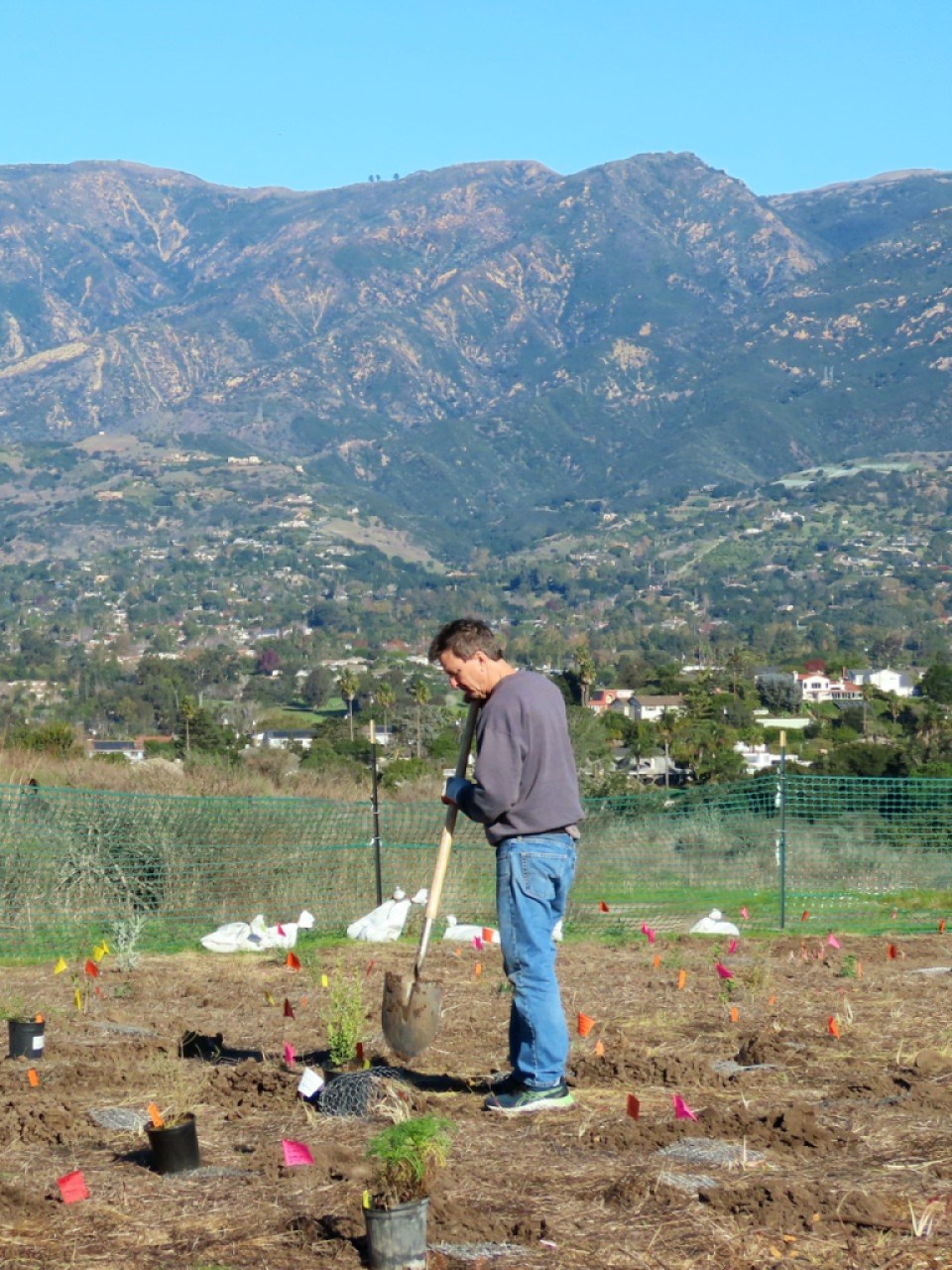
As part of their community-building efforts, the Botanic Garden is also continuing its free Nature Walks series this year and recently unveiled a new Native Plant Landscaper Certification Course for working and aspiring landscaping professionals.
The popular monthly walks are entering their second year and will explore the natural history — plants, birds, and bugs — of Elings Park, led by the Garden’s experts. The first nature walk, on January 13, will be dedicated to soils and restoration in Elings Park, guided by Knapp herself.
Other walks will focus on topics such as nature journaling and how to repurpose pulled weeds. Most of the Nature Walks are held on the second Saturday of the month, start at 9 a.m., and meet at the Elings Park Office parking lot.
“We discover the biodiversity of Elings Park together on these walks, and the plants, animals, and other organisms that currently live here,” Knapp said.
While the Nature Walks are for everyone, the 19-hour, hybrid Certification Course is for residential gardeners who want to learn how to create and keep a native garden thriving.
According to Alejandro Lemus, the Botanic Garden’s horticultural educator and the program’s primary instructor, native plants help promote biodiversity in the face of disturbances such as climate change, as well as decrease water use and create habitat for threatened species like the monarch butterfly.
“More and more gardeners are looking to incorporate native plants into landscaping,” Lemus said. “The course was born out of that need to give landscapers the tools they require to care for native plants.”
Developed in partnership with Theodore Payne Foundation and California Native Plant Society, the curriculum includes instruction on plant identification, soils, irrigation, weeding and integrated pest management, pruning, and garden assessment.
Lemus hopes it gets people “jazzed about native plants.”
“They quite literally root us in place,” he said. “We should have a landscape that represents our local climate.”
Upon completion, participants receive the California Native Plant Landscaper Certificate. The first cohort is already full, but interested gardeners can join the wait list for the next cohort in May.
Learn more about Botanic Garden events and volunteer opportunities on their website: sbbotanicgarden.org/calendar/
To learn more about the Elings restoration project, visit:
sbbotanicgarden.org/insight/future-proof-food-web-bold-habitat-restoration-experiment/
Premier Events
Sun, Apr 28
6:00 PM
Santa Barbara
AHA! Presents: Sing It Out!
Thu, May 02
5:00 PM
Santa Barbara
Things with Wings at Art & Soul
Sat, May 04
10:00 AM
Lompoc
RocketTown Comic Con 2024
Sat, Apr 27
11:00 AM
Santa Barbara
Santa Barbara Plant Fest
Sat, Apr 27
3:30 PM
Santa Barbara
Santa Barbara Trapeze Co and Unity Shoppe Spring Food Drive
Sat, Apr 27
8:00 PM
Santa Barbara
Beau James Wilding Band Live
Sun, Apr 28
11:00 AM
Santa Barbara
Santa Barbara Earth Day Festival 2024
Wed, May 01
7:30 PM
Santa Barbara
American Theatre Guild Presents “Come From Away”
Thu, May 02
5:00 PM
Santa Barbara
100th Birthday Tribute for James Galanos
Thu, May 02
5:00 PM
Santa Barbara
Meet the Creator of The Caregiver Oracle Deck
Fri, May 03
4:00 PM
Santa Barbara
Santa Barbara Fair+Expo “Double Thrill Double Fun”
Fri, May 03
8:00 PM
Santa barbara
Performance by Marca MP
Sat, May 04
10:00 AM
Solvang
Touch A Truck
Sun, Apr 28 6:00 PM
Santa Barbara
AHA! Presents: Sing It Out!
Thu, May 02 5:00 PM
Santa Barbara
Things with Wings at Art & Soul
Sat, May 04 10:00 AM
Lompoc
RocketTown Comic Con 2024
Sat, Apr 27 11:00 AM
Santa Barbara
Santa Barbara Plant Fest
Sat, Apr 27 3:30 PM
Santa Barbara
Santa Barbara Trapeze Co and Unity Shoppe Spring Food Drive
Sat, Apr 27 8:00 PM
Santa Barbara
Beau James Wilding Band Live
Sun, Apr 28 11:00 AM
Santa Barbara
Santa Barbara Earth Day Festival 2024
Wed, May 01 7:30 PM
Santa Barbara
American Theatre Guild Presents “Come From Away”
Thu, May 02 5:00 PM
Santa Barbara
100th Birthday Tribute for James Galanos
Thu, May 02 5:00 PM
Santa Barbara
Meet the Creator of The Caregiver Oracle Deck
Fri, May 03 4:00 PM
Santa Barbara
Santa Barbara Fair+Expo “Double Thrill Double Fun”
Fri, May 03 8:00 PM
Santa barbara
Performance by Marca MP
Sat, May 04 10:00 AM
Solvang

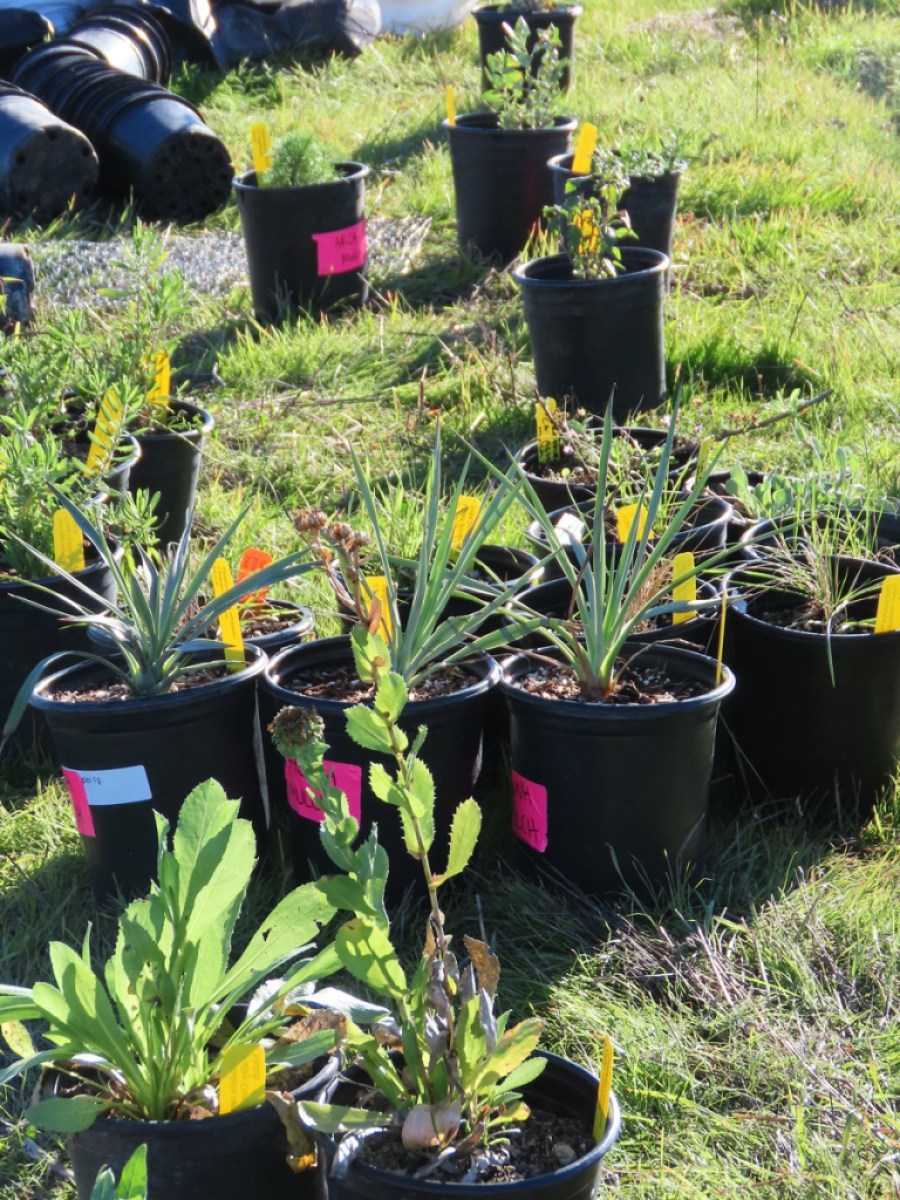
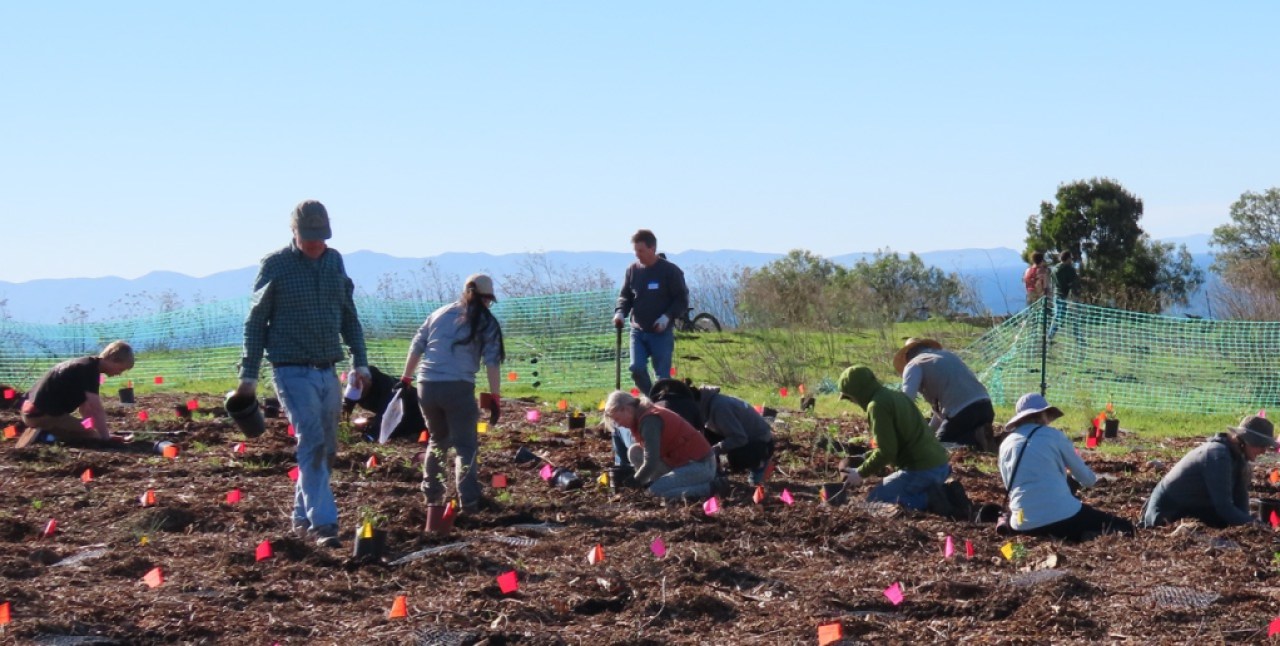
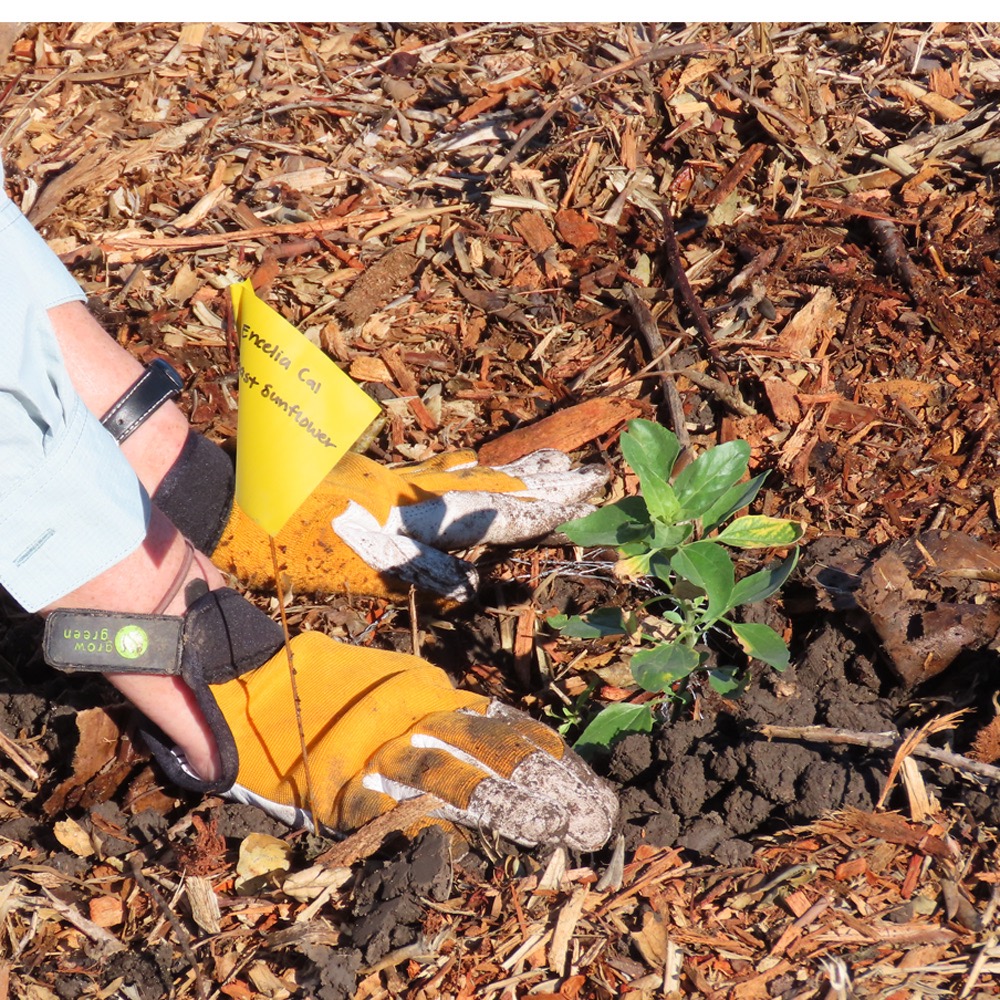
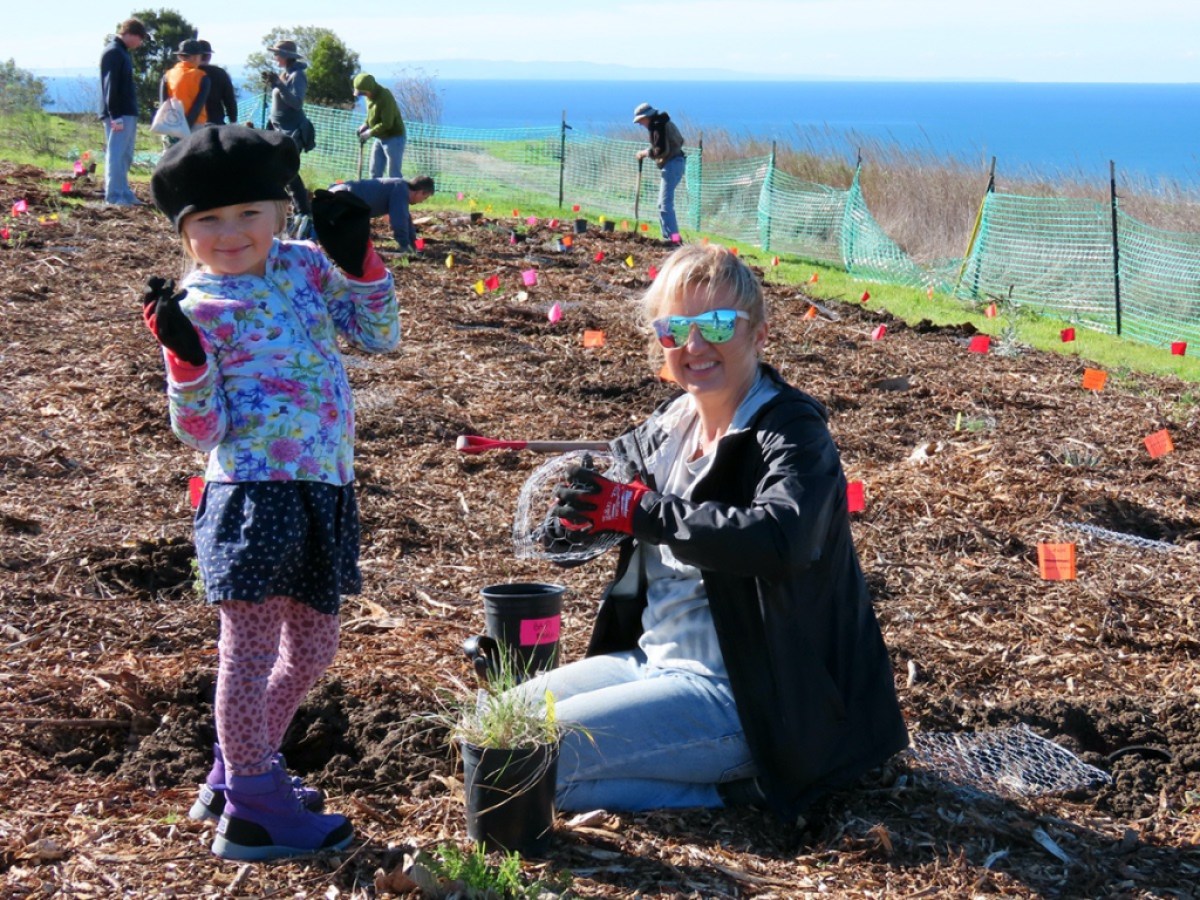
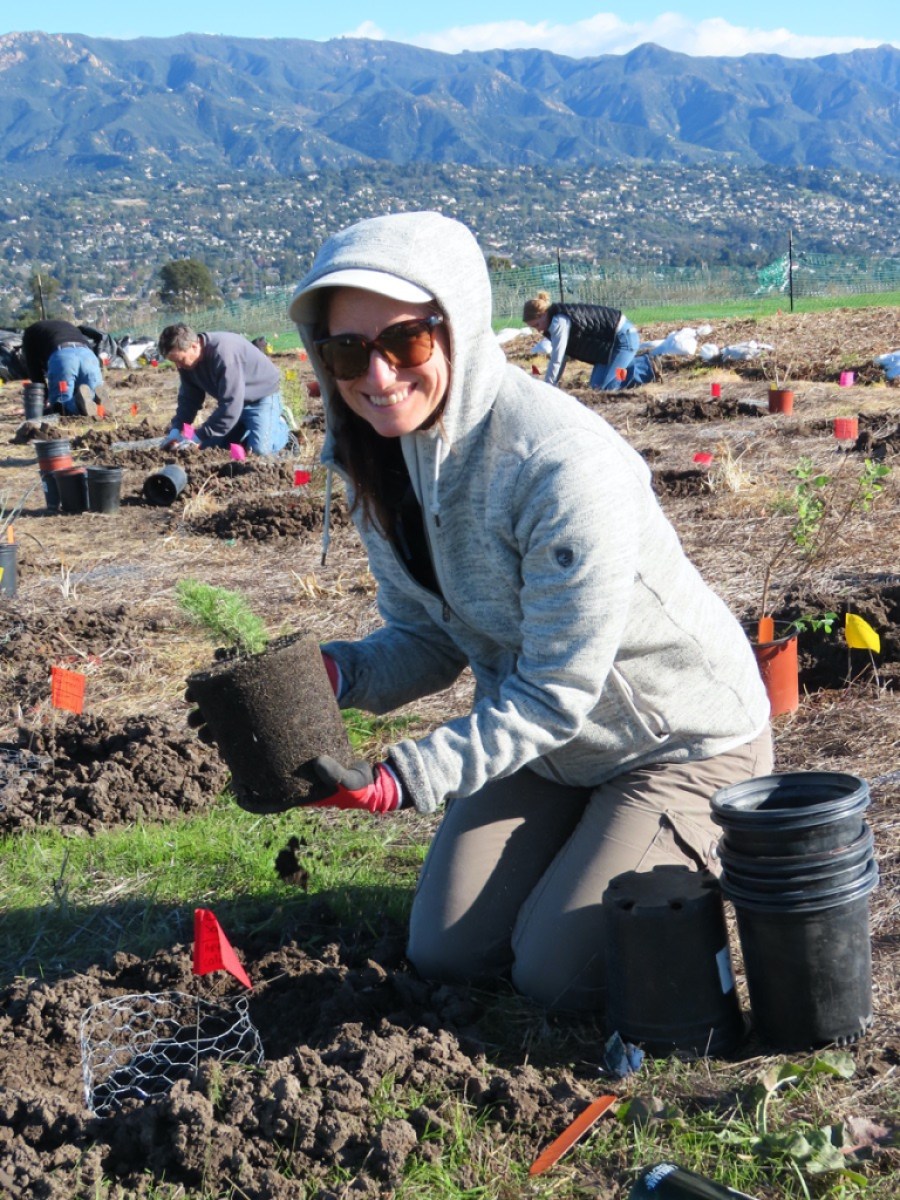
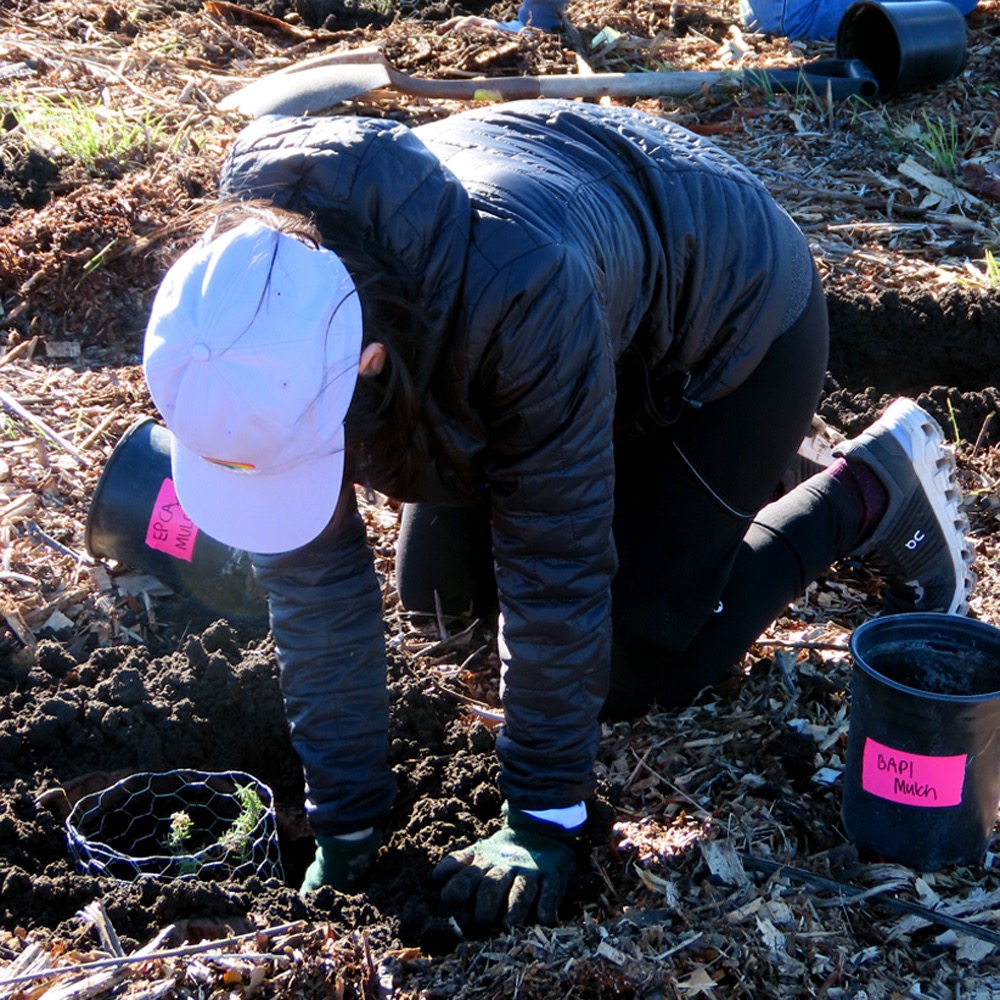
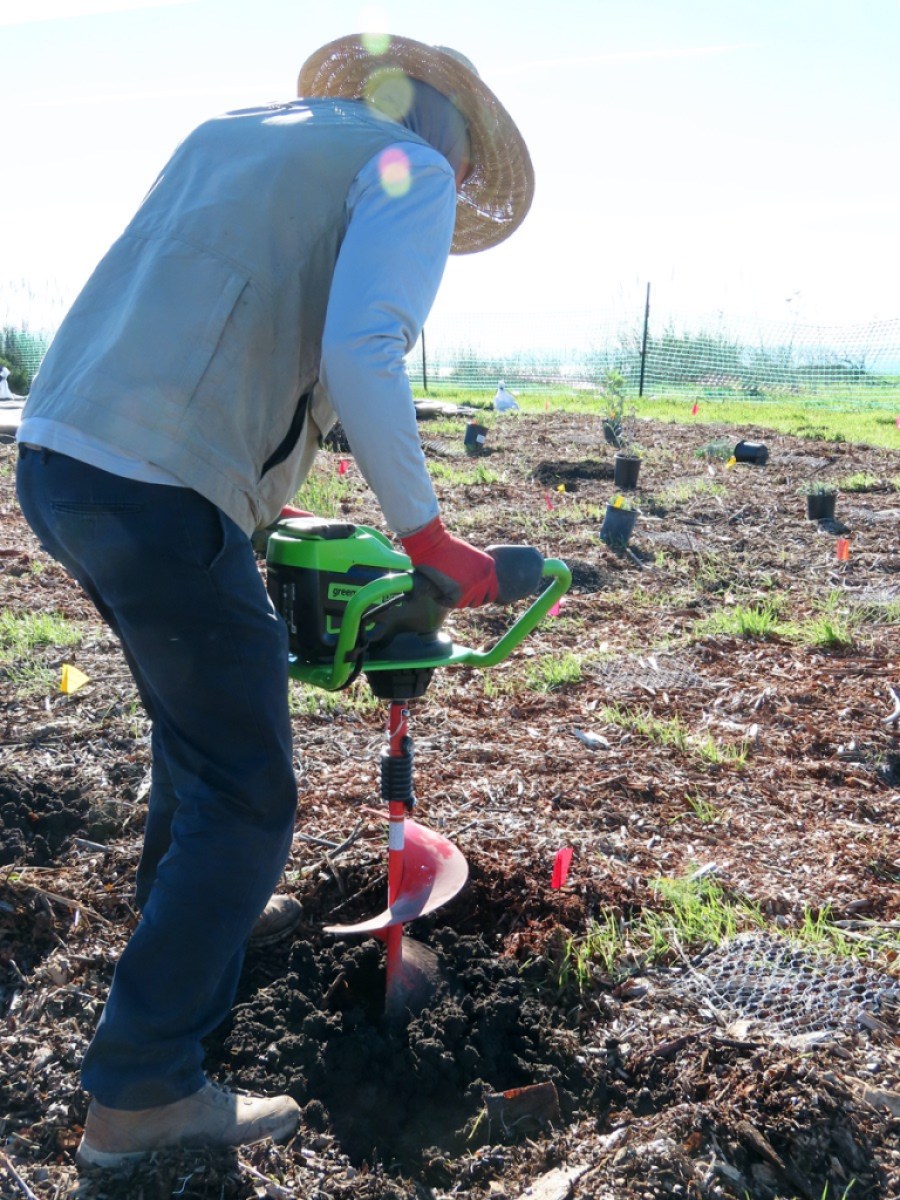
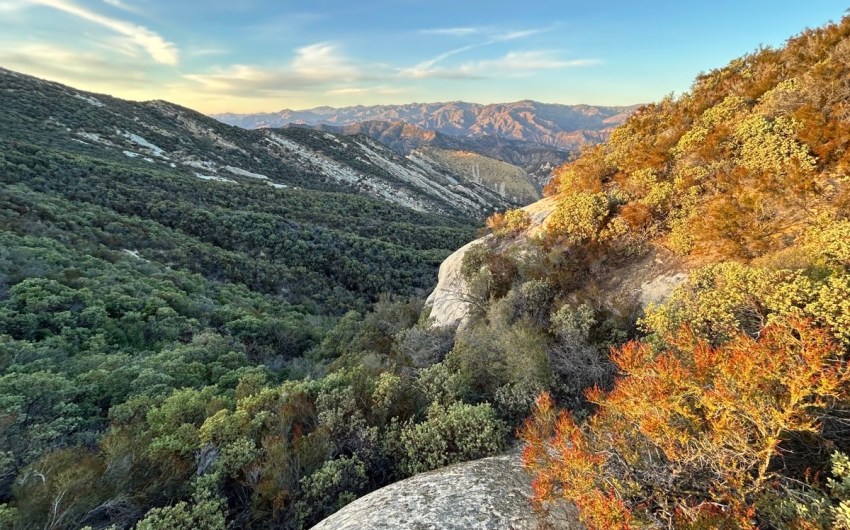
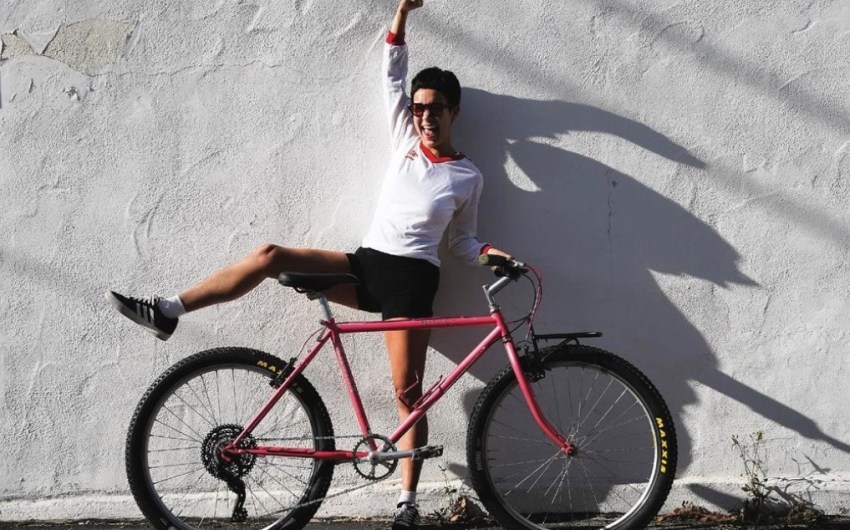
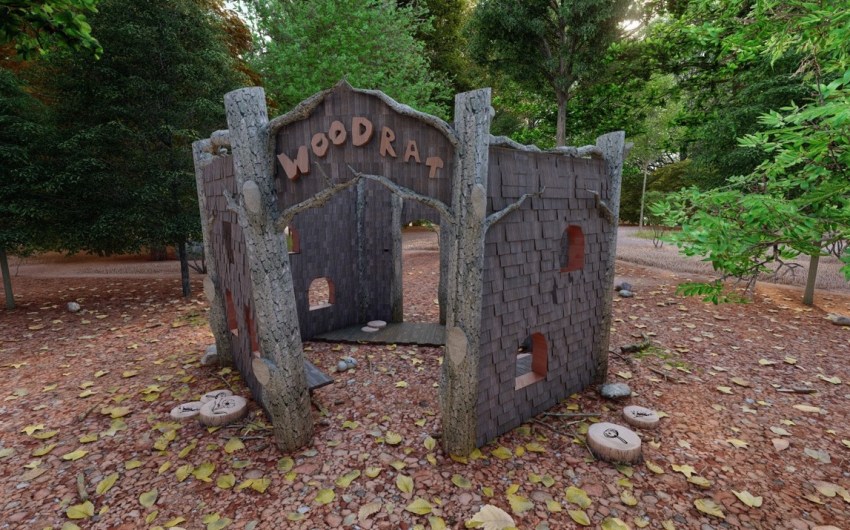


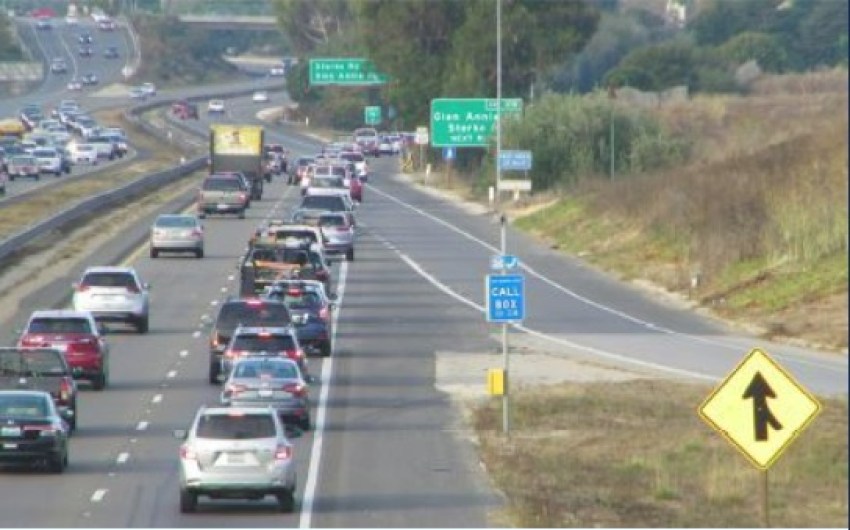


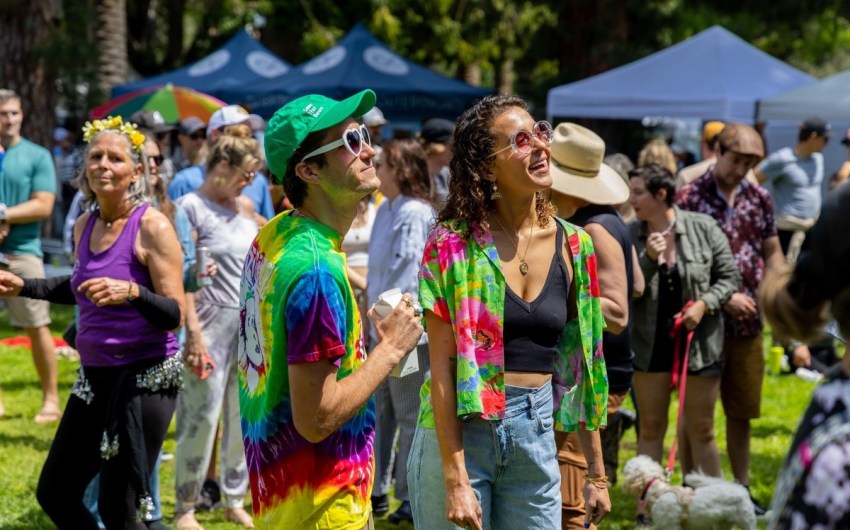
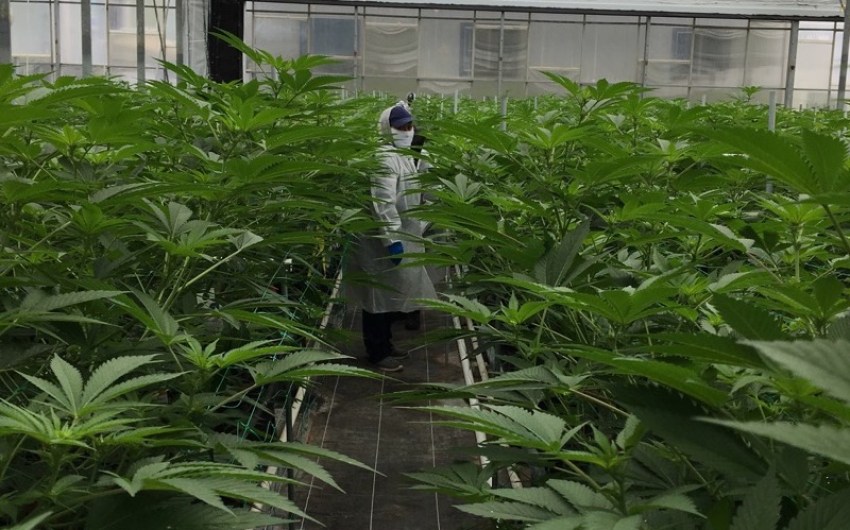
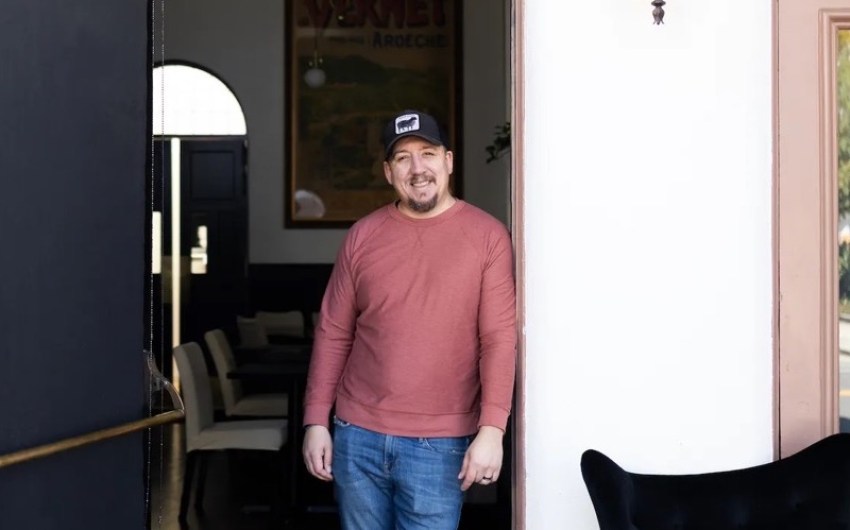

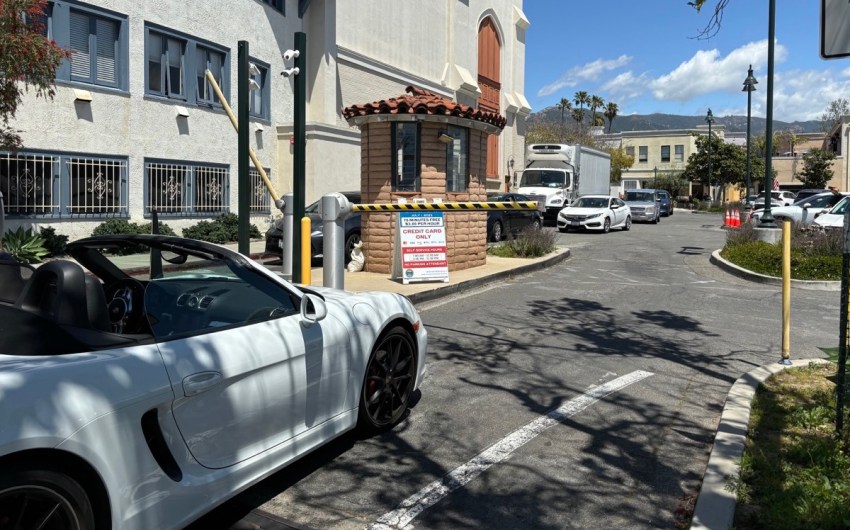
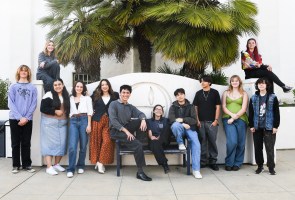


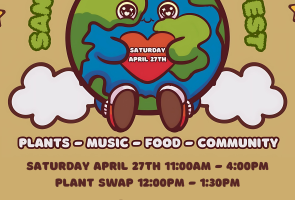


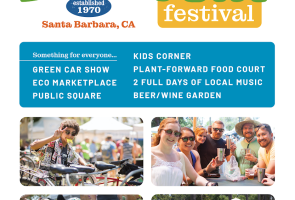






You must be logged in to post a comment.